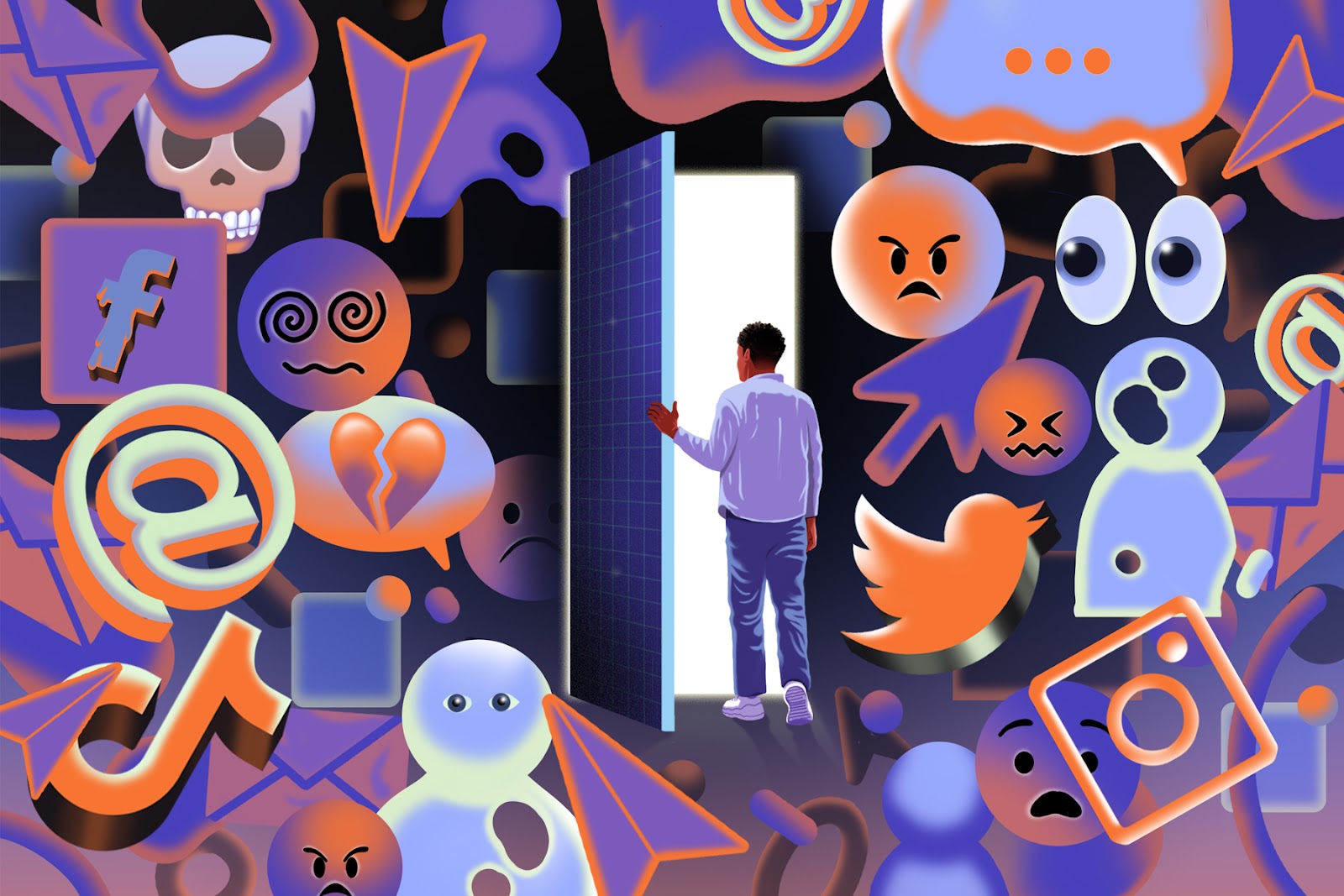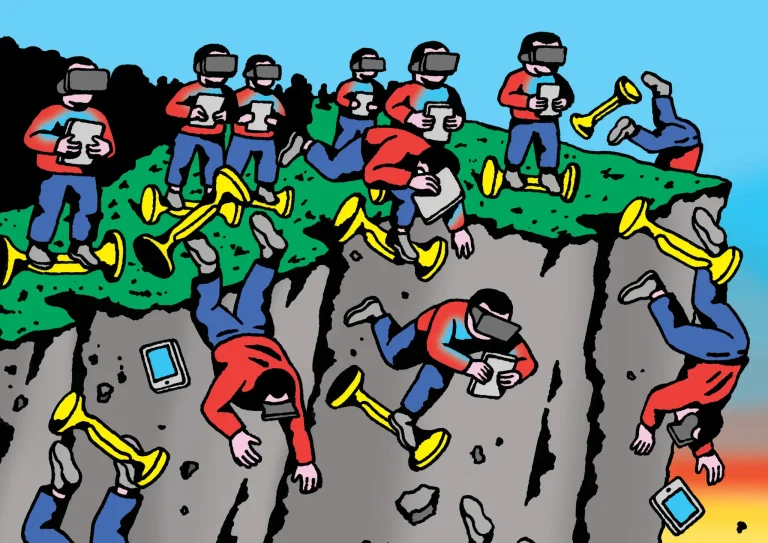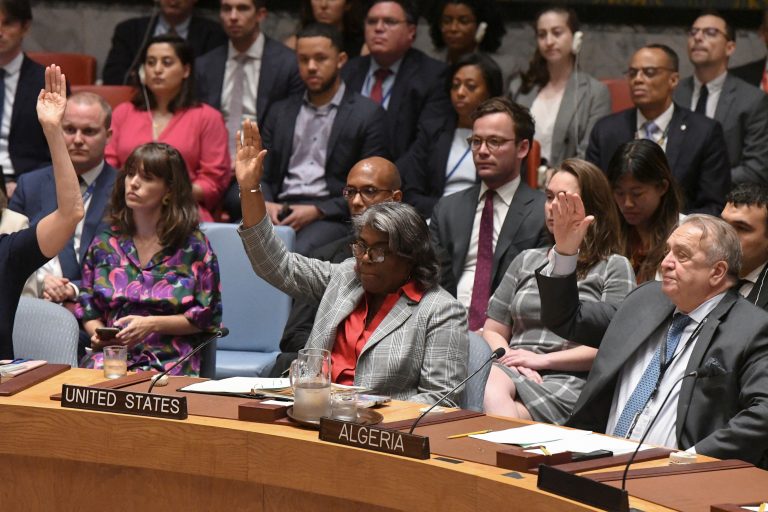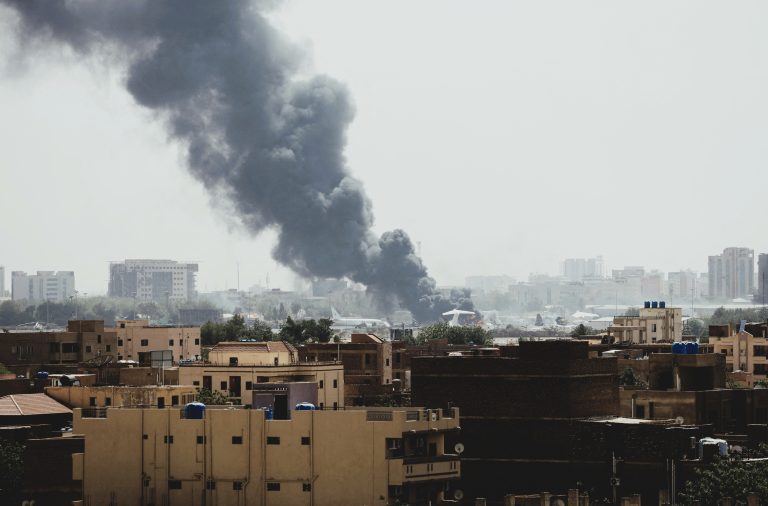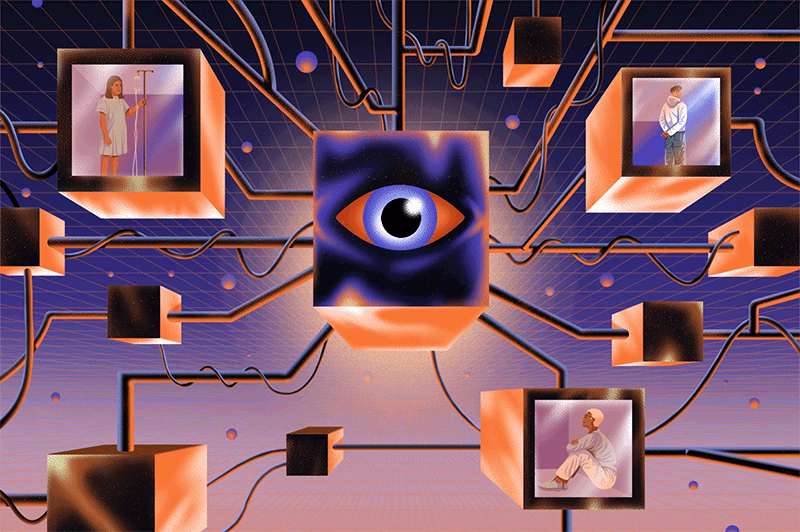Due to the phenomenal rise in social media, especially among adolescents, it has evolved in many aspects of life, from spreading social anxiety to enhancing communication with contemporaries. However, through the development of social media itself, the purpose it serves has also shifted drastically from consuming our peers’ content to viewing short clips pertaining to events transpiring in other parts of the world, changing the medium from traditional media to “new media.”
In recent years, social media platforms have served as the default medium for consuming the happenings around the world; this has exacerbated after recent global movements such as The Black Lives Matter and the Israel-Hamas Conflict. As per Pew Research, YouTube is the most widely used platform, with about nine-in-ten teens reporting they use it to consume news. To add to that, Snapchat and Instagram also have staggering popularity, with 60% for the former and 59% for the latter. The aforementioned statistics exemplify that. A shift from traditional media to social media platforms for consuming news has transpired. Two: disillusionment from the established news media.
It is a fact that what transpires around the world—for teens—is known mostly from social media. In societal transition, there are both benefits and disadvantages. For example, due to the lack of checks and balances, normal editorial material can be uploaded to the platforms with no haste and reach wide-ranging demographics, not behind a paywall. Due to the presence of the internet all around the world in the globalized environment in which we live, in an instant, netizens can know the events taking place in Gaza or Ukraine. Another good side is that the medium of social media promotes the notion of independent journalism in inaccessible areas of the world where traditional media usually do not have a formidable footprint.
On the contrary, social media can be detrimental to the overall ethos of civility that prevails in society. For example, it can propagate and give a greater avenue to fringe elements in society to spread their dog whistles, conspiracy theories, rhetoric, and misinformation—trying to cause a divide in already polarizing times. This overarching phenomenon can be clearly articulated in the current Middle East conflict, as due to the consumption of information from social media, the two supposed camps have been confined to their respective “school of thought” pertaining to the cause and effect of the conflict, stuck in a particular echo chamber, thanks to the negative and one-sided content being consumed. This prevailing situation is contrary to the holistic approach that should be taken: consensus amongst all stakeholders; social media, backed by its prudent algorithm, aggravates the already boiling event; it makes the adolescents take the situation into their own hands, as if it were their burden to come up with or be a part of the solution to the ongoing global events; they can be a part, but tolerance is absent in current times. Therefore, this can be attributed to the growing angst amongst peers and hate speech significantly rising, especially in the citadel of pluralism and empathy—schools. Thus, destabilizing the well-built, age-old social fabric.
With time comes innovation. The human civilization has survived because we have, as a society, adapted to technological innovation, from sailing to flying for long-haul travel to writing letters to messaging over the internet. This adaptation must also take place in the way news is consumed; however, policymakers and Silicon Valley cannot be bystanders and must put in place stringent regulations and guidelines for “the new media” for the global good and progress of humankind; dividing the divided is not healthy.
